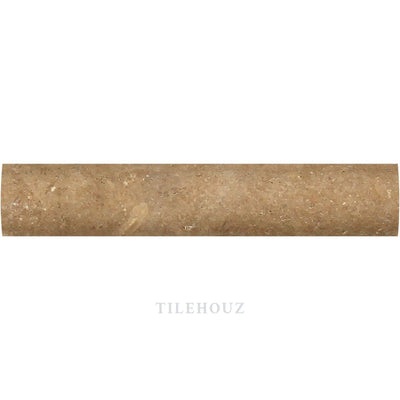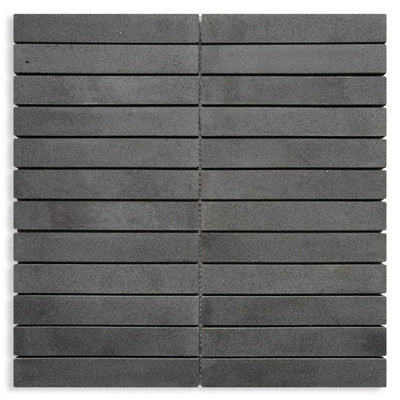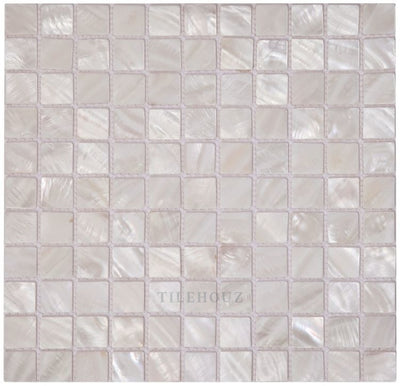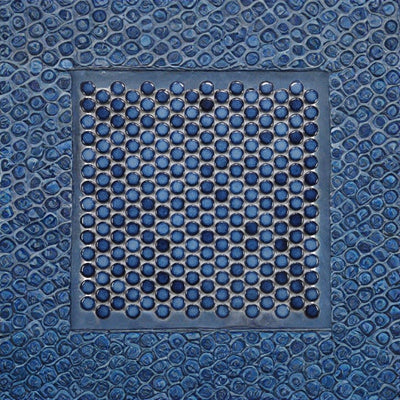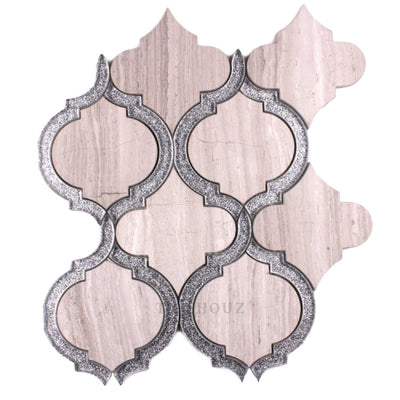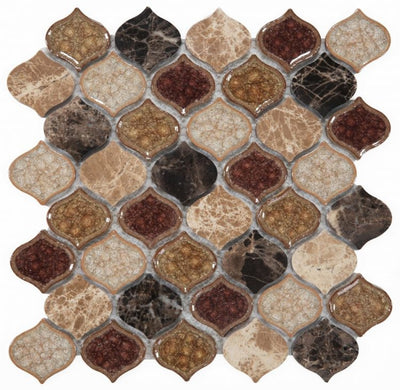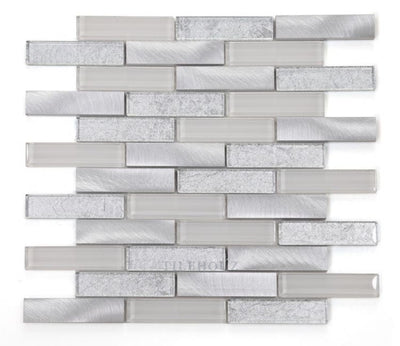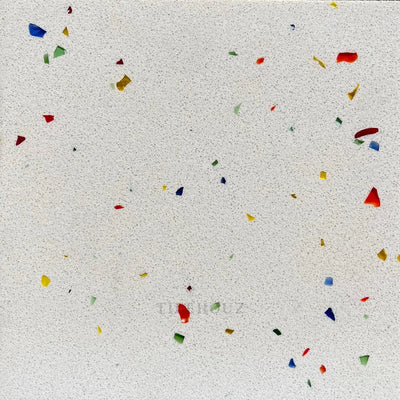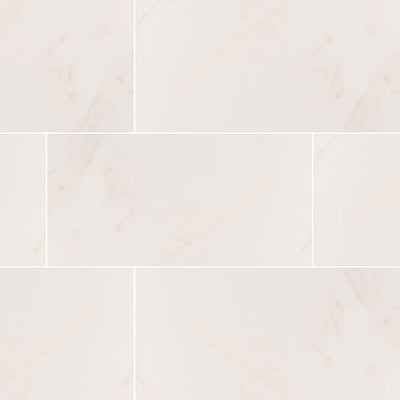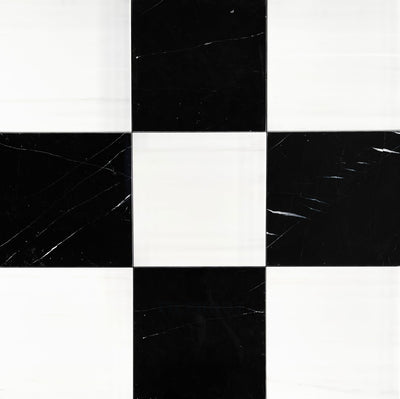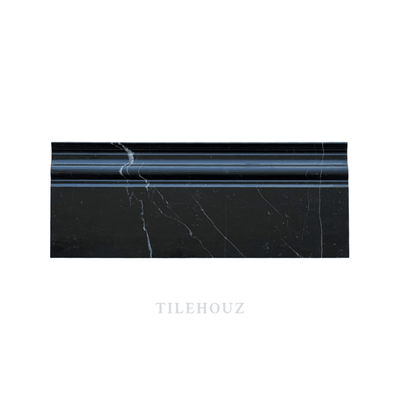The Art of Choosing Italian Marble for Sophisticated Interiors
Italian marble is renowned for its timeless beauty and exceptional quality. Choosing the right type for your interiors can transform your space into a sophisticated haven. In this guide, we will explore the essentials of selecting Italian marble to elevate your home design.
Understanding the Appeal of Italian Marble
The allure of Italian marble lies in its luxurious appearance and rich history. From Michelangelo’s David to modern architecture, it has been a symbol of elegance and opulence throughout the ages. But what makes it so special? One key attribute is its natural beauty, characterized by a wide range of colors and intricate veining patterns that can elevate any interior space. Italian marble is formed through a timeless process of crystallization, gifting this stone with a luminous surface and an unrivaled smooth texture that feels both sensual and sophisticated under touch. Its history of use in prominent works of art and architecture only adds to its allure, promising a sense of heritage and tradition in your living space.
Moreover, Italian marble is celebrated not only for its aesthetic appeal but also for its durability. This stone can withstand the test of time, serving as a long-lasting investment for homeowners seeking luxurious interiors. Its ability to endure while maintaining its luster makes it a preferred choice for heavily trafficked areas such as kitchens and hallways, as well as for ornate applications like sculptures and intricate mosaic flooring. Whether you are planning an extensive renovation or simply wish to add a touch of class to your home, understanding the intrinsic qualities of Italian marble is the first step toward making the best choice.
Exploring Different Types of Italian Marble
Italian marble comes in various types, each with its unique characteristics. Carrara, Calacatta, and Statuario are some of the most popular varieties, each bringing its distinct touch of elegance to interiors. Carrara marble, known for its soft white or blue-grey hues, offers a classic appeal ideal for understated elegance. Its finer grain makes it suitable for applications where subtlety is paramount, such as flooring or tub surrounds in modern minimalistic settings. Explore our wide variety of Carrara options at Tilehouz.
On the other hand, Calacatta marble is lauded for its bold, thick veining and stark, white background. This type of marble exudes bold sophistication and is often reserved for statement applications like kitchen islands and grand foyers. Its rare nature lends an air of exclusivity, a perfect choice for those seeking to make an impactive statement. If refined elegance is what you are after, Statuario marble from the prestigious Carrara region may just be your ideal match. Known for its bright white background and dramatic veining, this luxurious option imbues any space with high sophistication. Discover the distinctive character of Statuario marble in our collection at Tilehouz.
In addition to these, Arabescato marble offers a unique aesthetic with its intricate veining patterns that often resemble ribbons swirling through a pure white background. This powerful design element can easily become the centerpiece in a room, adding character and a sense of artful movement. Because of its intricate patterns, Arabescato is especially favored in designs that aim for a more expressive and unique appeal. For those who appreciate the art of intricate natural patterns, consider exploring our Arabescato collection.
Choosing the Right Color and Pattern
The choice of color and pattern can significantly affect the ambiance of a room. Whether you prefer the soft veining of Carrara or the bold, dramatic patterns of Calacatta, understanding these aspects will help you create the perfect atmosphere. Soft veining tends to impart a serene and calming effect, ideal for creating relaxing retreats such as a spa-inspired bathroom or a soothing bedroom. But bold patterns should not be shyly discounted for these spaces either; they can add a dynamic contrast, bringing both liveliness and excitement to a space.
Think of Italian marble as a canvas, where the unique interplay of color and veining forms a narrative. For kitchens with an island centerpiece, Calacatta marble, with its pronounced veining, makes a striking statement. It not only serves as a focal point but also anchors a palette that ties together various other elements in the room. For a more dramatic effect, dark accents, or metallic finishes could beautifully enhance the veining, weaving together a vibrant story that draws the eye and holds attention. Each color and pattern tells a story and choosing the right one ensures your space tells the right tale about you.
Incorporating Italian Marble into Modern Interiors
Italian marble is not just for classical settings. It can be seamlessly integrated into contemporary designs. From sleek countertops to minimalist flooring, discover how Italian marble can enhance modern spaces. Minimalist chic is easily achievable with a cool-toned marble, like Carrara or a polished Statuario, which adds an element of quiet opulence to any minimalist living room or open-plan kitchen.
In the realm of modern decor, separate rooms and spaces often merge to create open, fluid areas. Here, Italian marble can act as a binding element, adding a cohesive flow to the overlapping spaces. Imagine a gleaming Calacatta marble countertop flowing into a living area, where the same marble is echoed in a sleek, seamless fireplace surround. This creates a visual and material continuity that resonates with modern sensibilities. Pairing marble with elements like glass or stainless steel can further enhance its elegance, crafting a space that’s both warm and ultra-modern.
For a more sculptural application in modern settings, consider using marble mosaics or inlays that weave traditional artistry within contemporary forms. Such artistic applications not only pay homage to the marble’s classical roots but also highlight its capability to innovate within cutting-edge designs. By embracing creativity, Italian marble can transform any modern interior into a space where tradition meets trend.
Maintaining the Beauty of Italian Marble
To preserve its beauty, Italian marble requires regular maintenance. Learn the best practices for cleaning and protecting your marble surfaces to ensure they remain stunning over time. A simple way to maintain marble is through gentle cleaning agents specifically formulated for natural stone. Avoid harsh chemicals that could etch the marble surface and instead use a pH-balanced cleaner. Ensuring any spills, especially from acidic substances like wine or lemon juice, are cleaned up quickly will help prevent stains and damage.
Polishing and sealing are essential steps in maintaining marble’s shine and luster. Regular sealing—ideally every six to twelve months—provides an additional layer of protection against spills and daily wear and tear. You might consider consulting with professionals for a tailored maintenance plan that aligns with your specific usage. Although marble care can seem overwhelming, being informed and taking periodic maintenance steps can preserve its undeniable beauty and longevity.
Embrace the natural aging process of marble, as it can contribute to its charm over time—each imperfection becomes part of its history, adding character to your home. Marble’s allure only grows with age, much like that of well-loved leather or fine wine. When maintaining Italian marble with care, you can ensure that it remains an incredibly beautiful and enduring fixture in your home, a true testament to luxury and timeless appeal.
Choosing the Perfect Italian Marble for Your Home
Selecting the right Italian marble for your interiors involves an understanding of both aesthetic and practical considerations. Armed with knowledge about marble types, colors, patterns, and maintenance tips, you can make informed decisions that will enhance the beauty and sophistication of your home for years to come.

